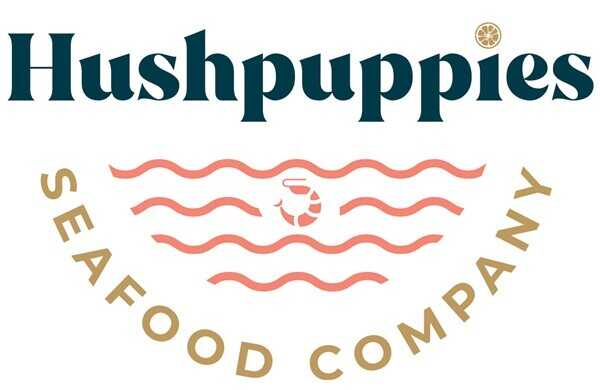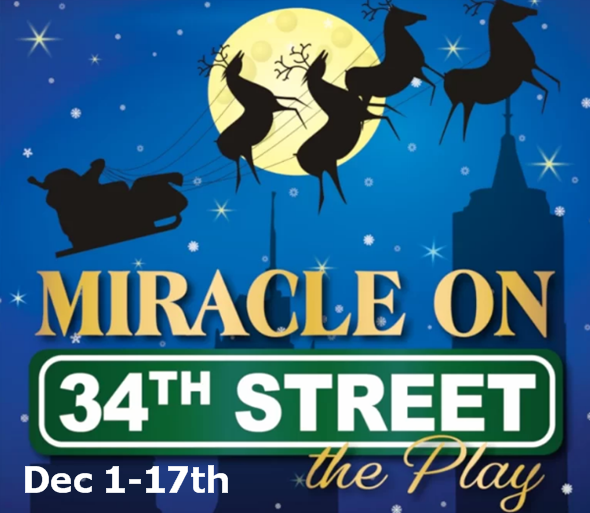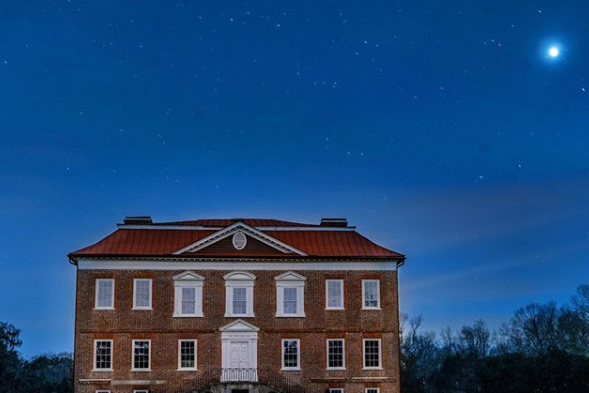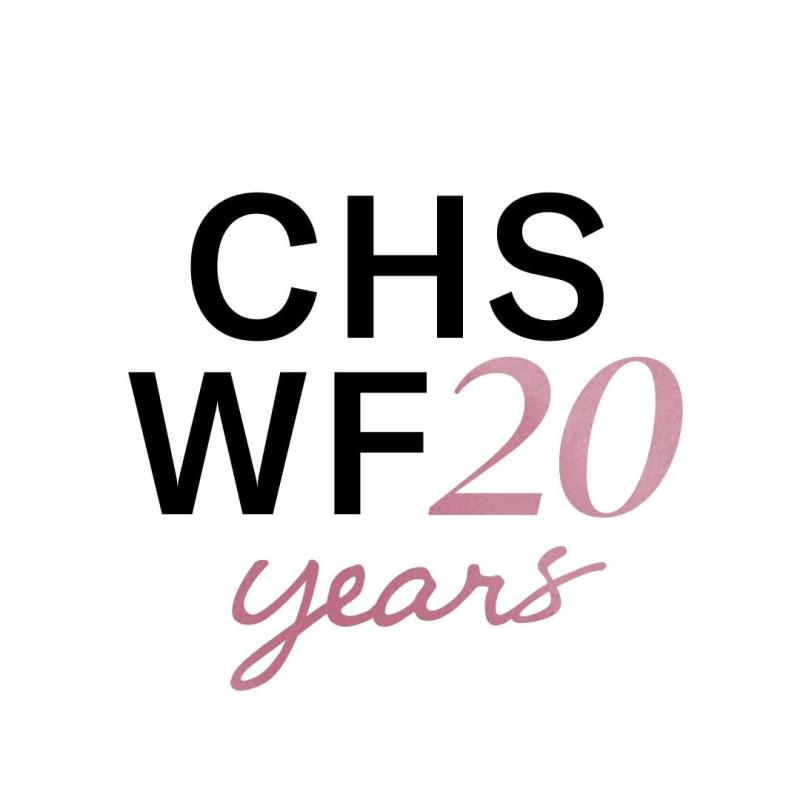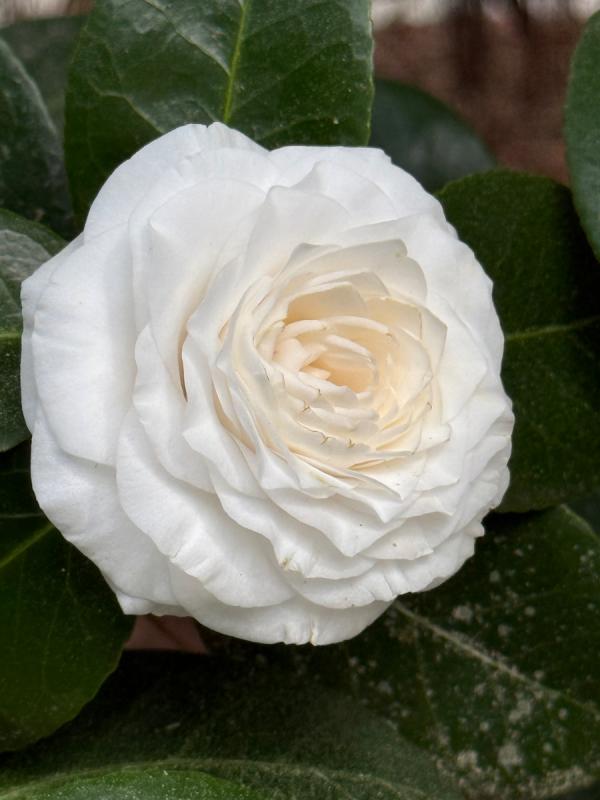From the Family of Page's Okra Grill Comes an All New Seafood Concept In Summerville
Stingrays extend their winning streak to five games, Play Everblades Again Friday Night
New Jersey Native Merging Neapolitan & New York-style Pizza, Along with Pasta & Sweet Treats
Stingrays extend their winning streak to four games, At Florida Wednesday Night
Stingrays back in action Sunday for Teddy Bear toss game
4-4 Cougars Returning Home After More Than a Month on the Road
Stingrays have won 4 of their last 5 games, Play at Greenville Saturday
Burnham Lead Cougs with 18 Pts. Charleston Improve to 4-3, Take on 13th Ranked FAU Saturday
Brew Master 'Sleeveless Dave' & STB Staff Doctor Signature Craft Beers For Month of December
Ensemble Cast Bring Beloved Christmas Classic Comes to Life at the Historic Summerville Community Theatre
Stingrays have won 3 of their last 4 games, Host Savannah Friday Night

